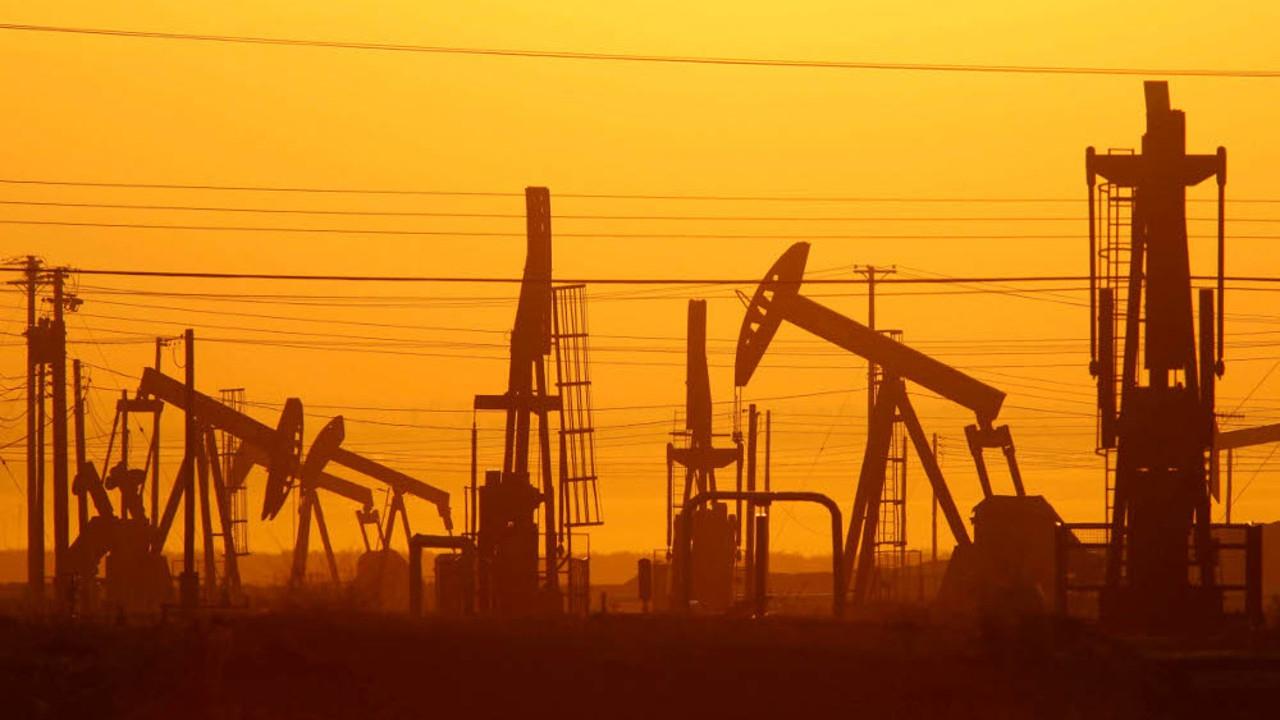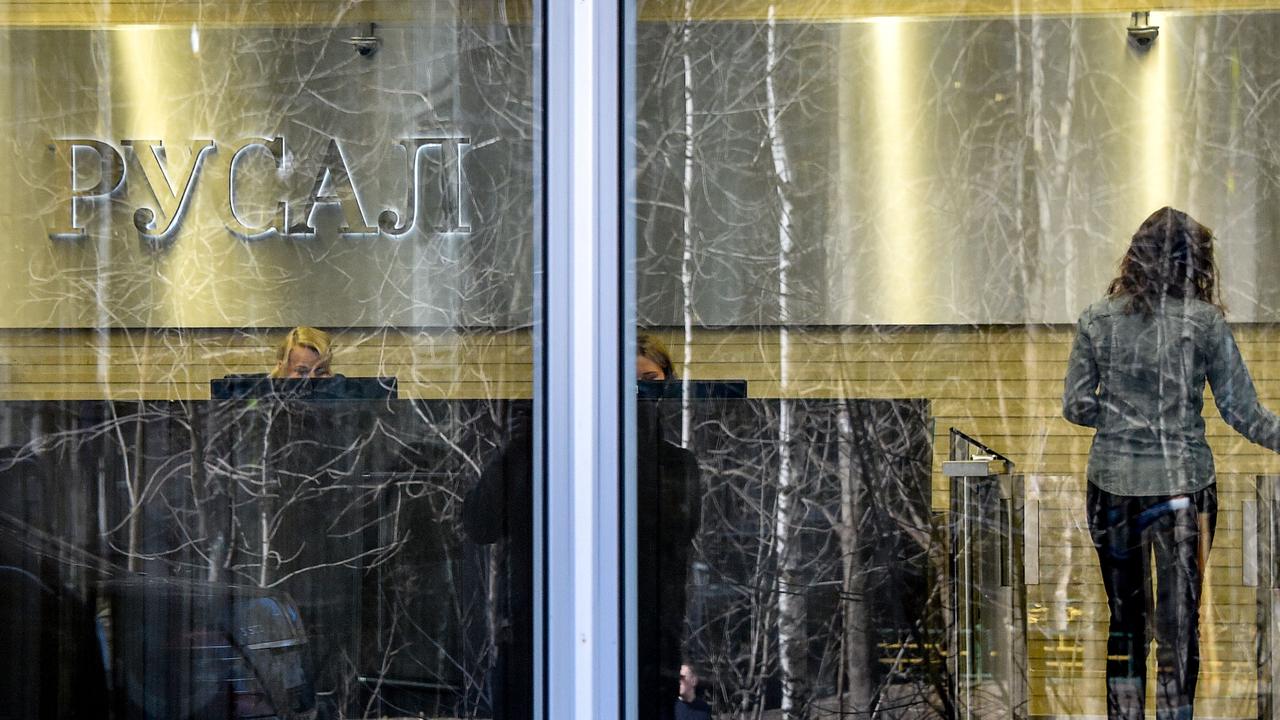BHP’s line in the Samarco sand

While both companies have committed to funding the multi-billion dollar cost of environmental remediation and compensation for the collapse of the Fundao dam, they have also stressed that Samarco, while jointly owned by them, is a discrete legal entity with its own board and management. Moreover, its debt is explicitly non-recourse to them.
The relatively modest interest payment of about $US13.5m missed yesterday is one of several scheduled before the end of the year, amounting to more than $US50m, which are unlikely to be paid.
Samarco doesn’t have the cash — the $US700m or so it held before the dam failure appears to have been exhausted — and BHP and Vale, while providing working capital for the remediation work, clearly aren’t going to fund payments to its conventional creditors.
That would blur the line between their social obligations and responsibilities and their legal liabilities. With a mass of litigation, including a $US48 billion action by Brazil’s Federal prosecutors, it isn’t surprising that they want to maintain the absolute clarity of that line.
The companies, and Samarco’s banks and bond holders, have all hired advisers to try to negotiate a restructure of the company’s $US3.8bn of debt ($US1.6bn of bank loans and $US2.2bn of bonds).
It doesn’t appear that there has yet been any progress in those negotiations, although the 30-day period of grace once the missed interest payment occurred may help concentrate the minds of Samarco’s creditors. A formal default on the bonds would trigger an immediate right for the bond holders to be repaid their principal and probably force Samarco into some form of administration.
Originally, BHP and Vale had hoped to restart production at Samarco before the end of this year, which would have seen Samarco generating cash to service its obligations. Samarco was producing profits of more than $US700m before the disaster.
That’s not going to happen. Indeed, it is very uncertain as to when the mine might restart operations, or if it ever will. Vale has suggested a restart might occur in the second half of next year but the number of sign-offs from Brazilian authorities required, including that of Brazil’s environmental licensing authority, might mean that is too optimistic.
With BHP warning in its annual report last week that the reinforcement work occurring to contain the remaining tailings within the dam hasn’t yet been completed and therefore there remains potential for further uncontrolled releases of material during the looming wet season, there is also a risk of further delays. BHP said any new release of material could impact the feasibility, timing and scope of any restart.
Samarco’s creditors are caught up within those uncertainties. Earlier this year a ratings agency, Fitch, warned of the exceptionally high credit risk associated with Samarco debt because of the uncertainty and delays surrounding any restart.
If there were a restart, even at half the 30 Mtpa pre-failure levels, there would be an above-average recovery prospect for creditors, even if Samarco defaulted on some or all of its debts. If it never restarted, they’d probably get back less than 10 cents in the dollar, the agency said.
BHP and Vale, and the various levels of Brazil’s government, would like to get the mine back into production if it is safe to do so. The mine employs thousands of workers and contractors and generates economic benefits within an economy that is in recession.
Ultimately, however, the companies have to maintain that Samarco’s debts — and other liabilities — are non-recourse to them.
While walking away from Samarco’s financial obligations and potential liabilities (other than their commitment to fund the remediation and compensation programs) isn’t a realistic option for Vale, given its massive Brazilian operations, it is for BHP.
Having written off its equity in Samarco and made provision for the cost of the remediation and compensation commitments it made earlier in the year, BHP, which has no other presence of any significance within Brazil, has that option.
Clearly, it is in the interests of all concerned — the companies, Samarco’s creditors and the Brazilian authorities — to get the mine back into production and generating cash as soon as it is practicable and safe to do so.
When that might be, if it does get back into production, is completely uncertain, as is the fate of the billions of dollars exposed to that uncertainty.







Samarco’s failure to meet a scheduled interest payment on $US500 million of its bonds yesterday highlights the line that BHP Billiton and Brazil’s Vale have drawn between their social and legal obligations in the wake of last year’s disastrous tailings dam failure.